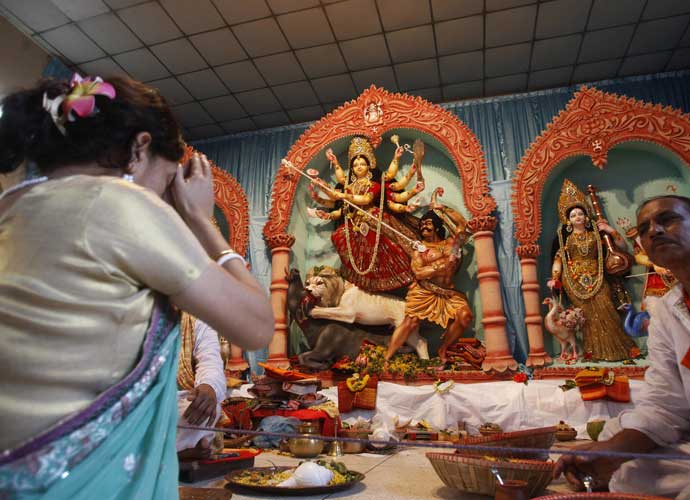
Why Idol Worship Began: Understanding the Origins and Purpose
Idol worship, or the veneration of physical representations of the divine, is one of the oldest spiritual practices in human history. While it exists in many religions and cultures, its origins are often misunderstood. To understand why idol worship began, it’s important to look at its symbolic roots, cultural evolution, and intended purpose.
1. The Need to Represent the Divine
In ancient times, spiritual leaders faced a challenge: how to communicate profound and abstract truths about creation, life, and the universe to people who often had no written language or formal education.
Complex ideas such as the unity of masculine and feminine energies, the cycles of creation, and the interconnectedness of all life were difficult to express through words alone. Symbols became a practical teaching tool, helping people visualize and internalize these concepts.
2. The Symbolism of Early Idols
Early idols were not intended to be literal depictions of gods or deities. Instead, they served as visual metaphors. For example, the Shiva Linga in Hinduism symbolizes the union of masculine (linga) and feminine (yoni) energies, representing creation, balance, and equality.
These physical forms allowed worshippers to focus their minds, meditate on spiritual principles, and remember essential truths about life and nature.
3. From Symbol to Physical Form
Over time, symbols evolved into statues and other tangible representations. This development was largely practical:
People could more easily gather around a physical object during rituals.
A visible form provided a focal point for prayer and meditation.
It allowed communities to pass spiritual teachings across generations, even without written scriptures.
The intention was always that the idol would point to the divine, not replace it.
4. Cultural and Social Factors
Idol worship became deeply embedded in cultural traditions because it provided structure, continuity, and community identity. Festivals, ceremonies, and seasonal celebrations often revolved around these sacred objects, reinforcing a shared sense of belonging.
However, in some cases, the original symbolic meaning was overshadowed by ritual formalities. Over centuries, people began focusing more on the object itself rather than the spiritual truths it represented.
5. The Shift in Energy Balance
In certain traditions, the original balance between masculine and feminine energies became distorted. Symbols like the Shiva Linga, originally intended to convey equality and unity, were sometimes interpreted in ways that emphasized masculine dominance. This shift influenced social structures, contributing to a long-standing imbalance where the feminine principle—both spiritually and socially—was undervalued.
6. The Purpose Today
At its core, idol worship is meant to serve as a reminder of higher truths, not as an end in itself. When understood in its original context, it can be a powerful aid for spiritual focus, meditation, and inner transformation.
The key is to remember that the idol is a representation—a tool to help connect with the divine, the cosmic principles it symbolizes, and the balance of energies necessary for creation and harmony in life.
Conclusion
Idol worship began as a means of making the invisible visible and the abstract understandable. Its original purpose was to teach, inspire, and help individuals connect with universal principles. By returning to this understanding, we can honor these traditions while also restoring the balance and equality they were meant to uphold.
Tags:
Share:
What a joy it is to introduce
You May Also Like
Blog/ Stories
Recent Posts
- Buddha, Jesus, Sai — The Eternal Consciousness Within Us All
- Blog/ Stories
- Why Idol Worship Began: Understanding the Origins and Purpose
- Sri Yantra: Sacred Geometry, Hidden Wisdom & How to Use It as a Spiritual Practice
- We Are Divine: Remembering Our Galactic Origin and Cosmic Heritage | Heal the World
Recent Comments